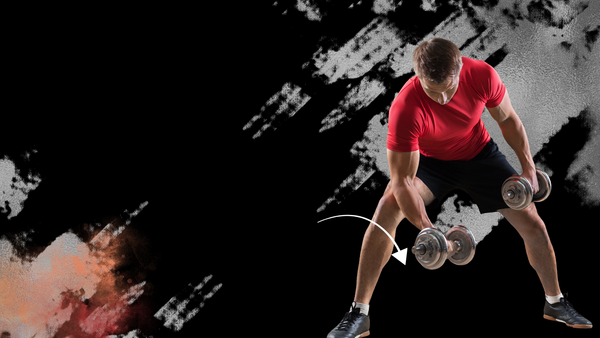Tips for Men without Gallbladders in Following Keto Diet
These tips are essential to help your body adjust to a ketogenic diet.

Men whose gallbladders have been surgically removed are often made to believe that they can no longer take high-fat meals such as keto dishes. Often, this perception is made on the assumption that the gallbladder is the one which secretes bile juices, essential compounds for digesting fatty foods. On the contrary, bile juices are secreted in the liver. The gallbladder is but a temporary storage.
- For the first few days following surgery, stick to liquids and very light, easily digestible foods such as soups or porridge.
- Eat small portions of food on a frequent basis (such as every couple of hours) as your body adjusts to having only a minute amount of bile juices in the gut
- Take meals rich in soluble fiber such as low carb vegetables (brussels sprouts, broccoli, tomatoes etc.) or keto bread
- Take moderate amounts of ox bile supplement with your meals
General Tips to Follow for Men without Gallbladders
Immediately after gallbladder removal surgery, you need to follow certain precautions in your diet. These are intended to help your digestive system adjust to the new regimen where any bile secreted comes directly from the liver.
How Men Without Gallbladder Can Safely Follow Ketogenic Diet
The tips given above are essential to help your body adjust to a ketogenic diet. You need to follow them religiously for at least 2 weeks before beginning to introduce ketogenic foods in your daily diet. This guide on https://www.ketogenicsupplementreviews.com/blog/keto-without-gallbladder/ offers more in-depth guidelines on how to condition your digestive system for ketogenic foods without a gallbladder.
- After 2 weeks of following the conditioning tips above, start introducing keto and moderate fatty dishes, small portions at a time. After a month of this, your body will have adjusted sufficiently to regular ketogenic meals.
- If you get symptoms such as diarrhea, abdominal pains and jaundice, increase the amount of ox bile supplement taken with your meals
- Add plenty of sour foods such as lemons and limes to your diet. They help improve your tolerance of fats
- Take bitter herbs such as dandelion and ginger. They stimulate the liver to increase production of bile while boosting the flow of gastric juices in the guts.
- Hydration is key in increasing bile production and flow in the digestive system. If the flow of water in the liver is not adequate, bile production is decreased and what is produced is too thick and sluggish to adequately aid ketosis. An optimal hydration strategy involves taking about 32 ounces of water within the first hour of waking up. Before lunch, you should take between 32 and 48 ounces of water too.
- Supplement your fat intake by incorporating more MCTs (Medium-chain triglycerides) such as caproic acid, caprylic acid, capric acid, and lauric acids. These are easily digestible fatty acids as they do not require bile juices for absorption into the bloodstream. Foods rich in MCTs include coconut oil, palm kernel oil and dairy products.
- Take strategies to boost stomach acids. Stomach acid and bile juice work together to boost ketosis as well as the overall health of your digestive tract. You can support secretion of stomach acid by avoiding taking water 30 minutes prior to and after meals. If necessary, consider taking betaine HCL tablets during or immediately after a meal.
The Bottom Line
When the gallbladder is removed, this can leave the digestive system critically handicapped when it comes to digesting and absorbing ketogenic foods. However, with several sensible precautions in place, it is possible to take such foods with usual regularity. The ones which are most relevant have been summarized above.
👉 Join the Active Man Community
Get expert tips, workout guides, nutrition hacks, and the latest trends delivered straight to your inbox every week. No spam — just actionable insights to help you live stronger, healthier, and better.





